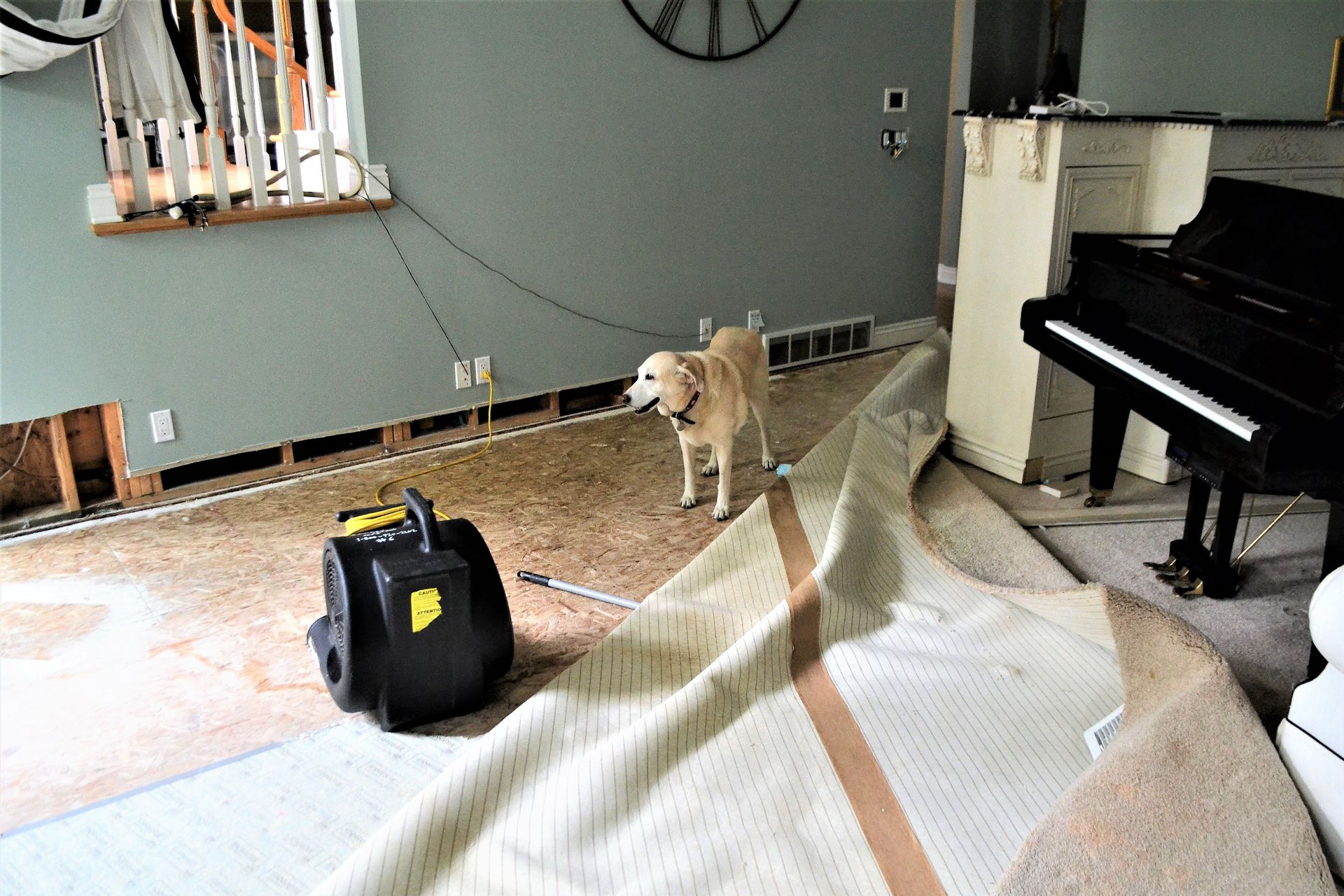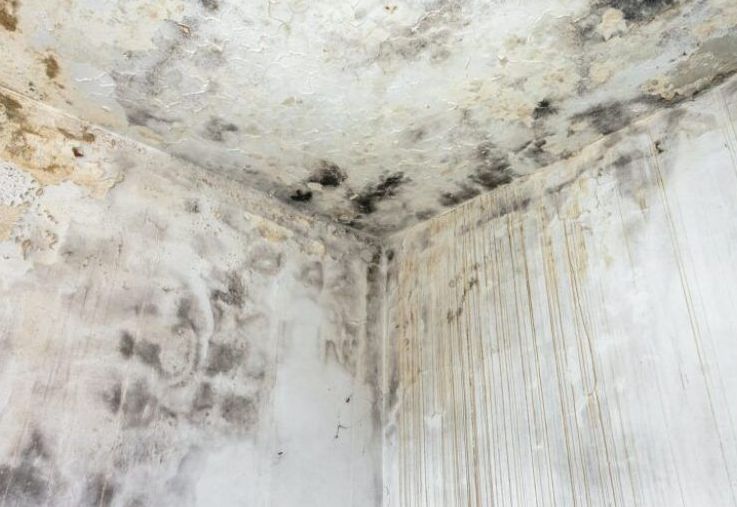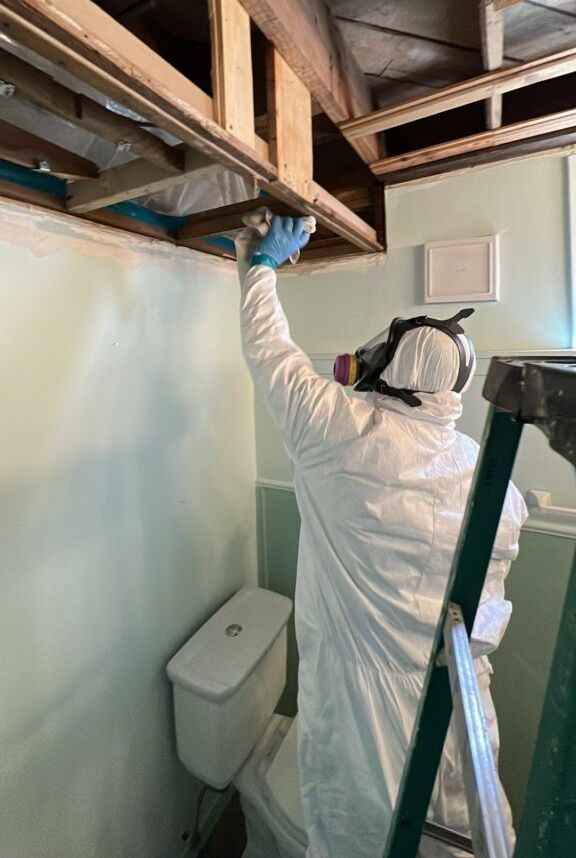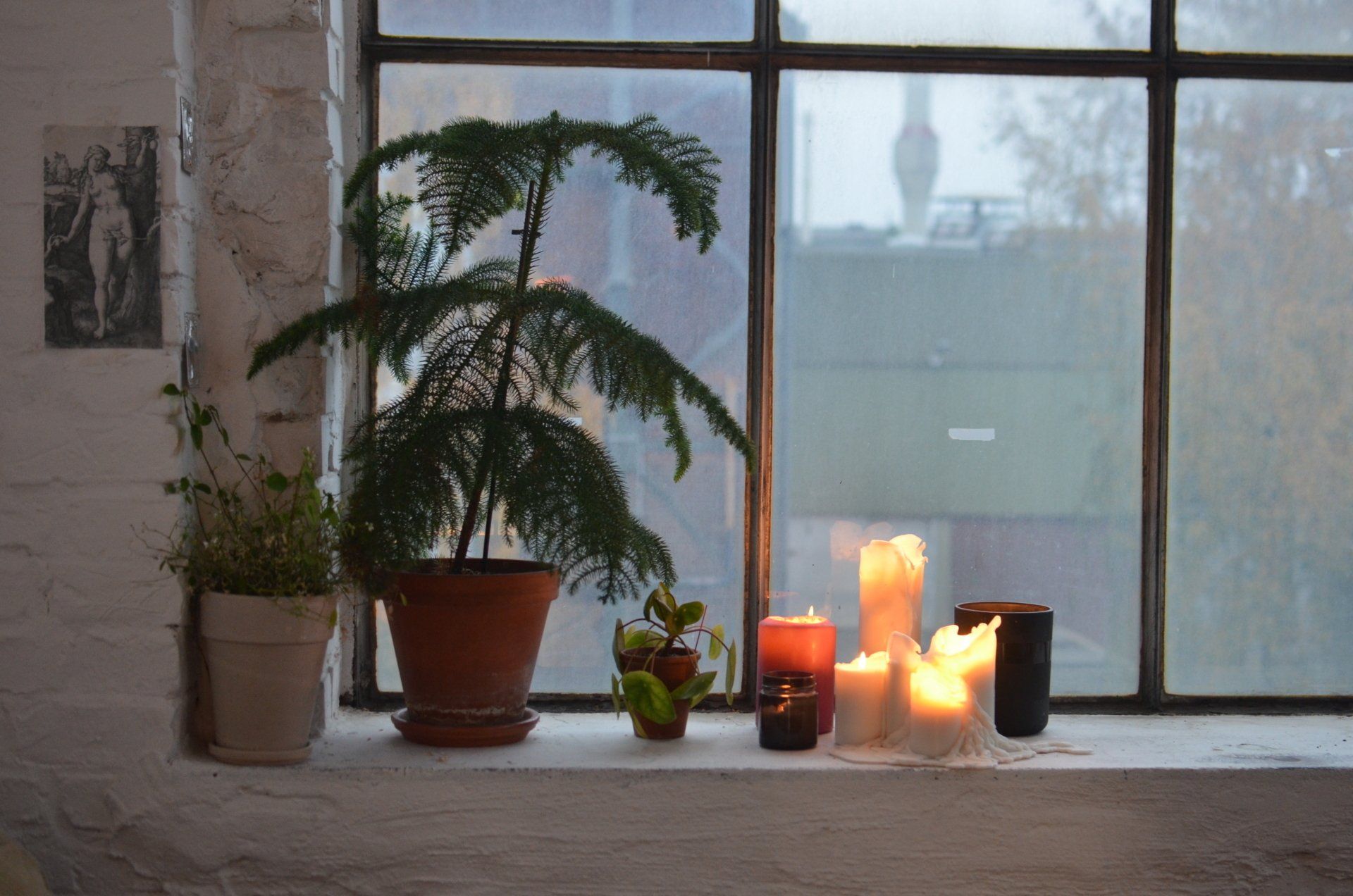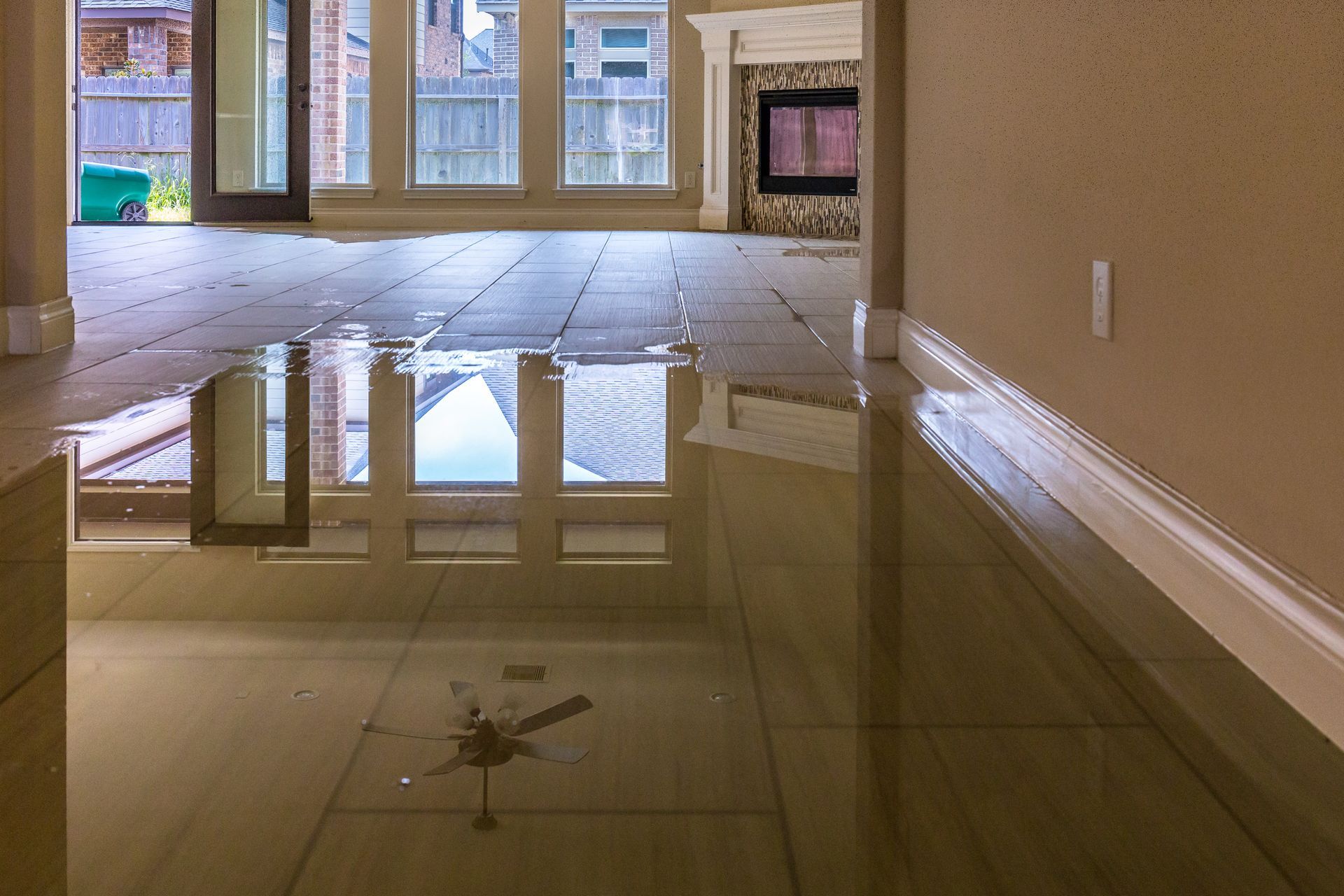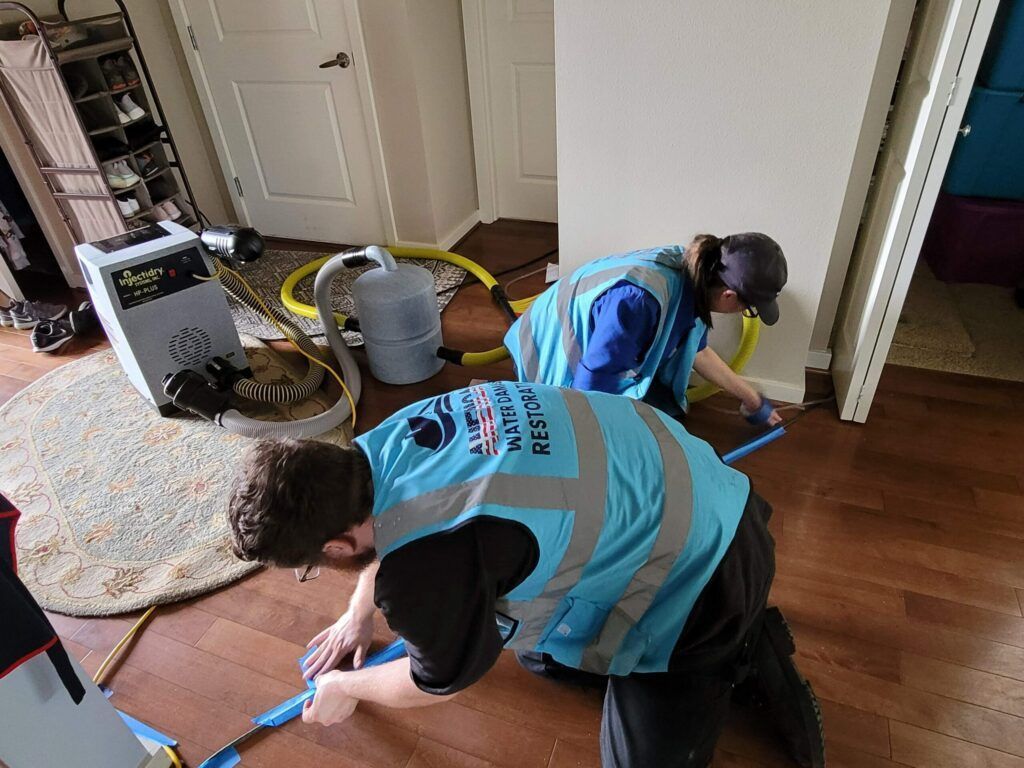- 24/7 EMERGENCY SERVICE
- ON OUR WAY IN 60 MINUTES OR LESS
- WE WORK WITH YOUR INSURANCE
Protect Your Home: Effective Ways to Prevent Water Damage
Effective Strategies to Prevent Water Damage in Your House
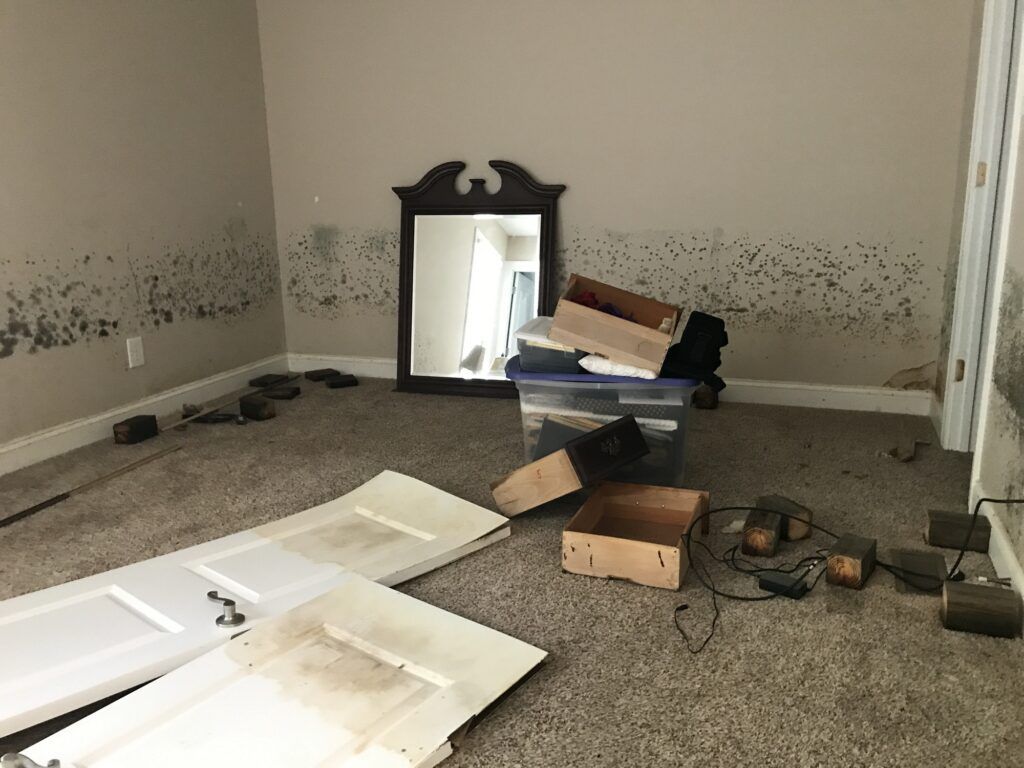
Water damage in homes can not only ruin cherished possessions but also pose serious threats to the structural integrity of your property, leading to costly repairs. Hence, preventing water damage is paramount to maintaining a safe, healthy, and financially secure home environment. If unaddressed, water damage can foster the growth of mold, deteriorate building materials, and result in significant repair bills. In this article, we will explore effective strategies to prevent water damage, covering everything from regular maintenance tips to advanced preventative measures. Our goal is to equip you with the knowledge needed to protect your home from the potentially devastating effects of water damage.
Causes of Water Damage
Understanding the causes of water damage is the first step in prevention. One common culprit is leaking pipes, which can occur due to wear and tear, corrosion, or freezing temperatures, causing the pipes to burst. Such leaks, if unnoticed, can slowly seep into flooring, walls, and ceilings, compromising structural integrity.
Faulty appliances, such as washing machines, dishwashers, and water heaters, are another significant source. Hoses and pipes connected to these appliances can weaken over time, leading to sudden ruptures or slow leaks, which might not be immediately apparent but can cause extensive damage over time.
HVAC (Heating, Ventilation, and Air Conditioning) systems can also contribute to water damage if not properly maintained. For instance, condensate drains can become clogged, causing the pan to overflow and water to leak into the building structure. Similarly, improper installation or maintenance can lead to leaks in the ductwork or around the units themselves.
Natural disasters like floods and hurricanes are uncontrollable but common causes of water damage, often resulting in immediate and severe impacts on homes. The force of the water can compromise the home's foundation, while the saturation of building materials can lead to mold growth and structural decay.
Lastly, clogged gutters and downspouts can cause water to pool around the home's foundation, potentially leading to basement flooding or damage to the home's foundation. Regular maintenance and inspections are crucial in identifying and mitigating these potential risks to reduce the likelihood of water damage substantially.
Signs of Water Damage
Identifying early signs of water damage is crucial in preventing minor issues from escalating into costly repairs. Here are common indicators that homeowners should be aware of:
- Water Stains: Often the most visible sign, water stains can appear as discolorations on ceilings, walls, or floors. They typically manifest as brownish or yellowish spots and suggest a slow, ongoing leak within the structure.
- Mold Growth: Mold thrives in damp, warm environments, making areas with water damage ripe for its growth. Visible mold can range in color from black, green, or white and often accompanies a musty odor. It's a clear sign that water has been present for some time.
- Peeling Paint or Wallpaper: Excess moisture can weaken the adhesive qualities of paint and wallpaper. If you notice bubbling, cracking, or peeling, this could be a sign that water is infiltrating the walls.
- Unusual Odors: A musty or earthy smell is a telltale sign of moisture issues and possibly mold growth. These odors can indicate areas of dampness that are not immediately visible.
- Increased Utility Bills: An unexpected spike in water bills could suggest hidden leaks. Monitoring utility usage can help identify issues that are not visible to the naked eye.
- Cracking, Buckling, or Warping: Floors and walls that show signs of distortion may be suffering from water damage. Wood flooring may warp or buckle, while drywall can crack or bulge when moisture is present.
Recognizing these signs early can save homeowners from extensive damage and repair costs. Regular inspections in and around the home for these indicators can help catch water issues before they escalate.
Water Damage Prevention Tips
Prevention is unequivocally the most effective measure against the perils of water damage. By taking a proactive stance, homeowners are afforded the opportunity to not only safeguard their property's structural integrity but also to preserve its aesthetic appeal and value. This proactive approach to water damage prevention can result in significant savings of time, money, and stress. When measures are put in place to diligently monitor for and mitigate potential sources of water damage, the likelihood of facing unexpected and costly repairs diminishes extensively. Therefore, it's imperative to prioritize prevention to protect one of your most valuable assets—your home. Here are some water damage prevention tips:
Water-Resistant Materials and Construction Techniques
Incorporating water-resistant materials and construction techniques into the fabric of your home is a crucial step toward preventing water damage. Water-resistant materials, such as stainless steel, concrete, and treated wood, are specifically designed to withstand prolonged exposure to moisture, thereby reducing the risk of water seepage and damage. For example, concrete is often used in foundations due to its impermeability and strength, while treated wood, used in decking and outdoor furniture, is treated with preservatives to resist moisture, rot, and insects.
Furthermore, innovative construction techniques, such as elevated building designs for homes in flood-prone areas and the use of waterproof sealants and membranes in basements and roofs, can significantly mitigate water infiltration. Advanced drainage solutions, including French drains and sloped landscaping, also play an essential role in directing water away from the home. Employing these materials and techniques during construction or renovation projects not only enhances a home's durability but also its resilience against water damage.
Proper Drainage and Landscaping
Ensuring good drainage and thoughtful landscaping is paramount in preventing water damage to your home. Proper drainage systems divert water away from your home's foundation, where it can cause structural damage or lead to unwanted moisture issues, such as mold and mildew. Regular maintenance of your home's gutters is essential; keeping them clear of debris allows rainwater to flow freely and be effectively channeled away from the home. Installing downspouts that direct water at least 5 feet away from the foundation is another critical measure, as it prevents water pooling and foundation saturation. Additionally, creating a slight slope in your yard that directs water away from your home can significantly reduce the risk of water damage. This can be accomplished through landscaping strategies like grading or installing a French drain system, which not only protects your home but can also enhance the appearance of your outdoor space. Together, these practices form a comprehensive approach to water damage prevention through efficient water management and landscape design.
Appliance and Plumbing Maintenance
Regular appliance and plumbing maintenance is a key component in preventing water damage. Over time, appliances that use water, such as dishwashers, washing machines, and water heaters, can develop leaks that may not be immediately noticeable but can cause significant damage if left unattended. Similarly, deteriorating pipes and plumbing fixtures can lead to unexpected burst pipes or slow leaks that can silently wreak havoc within walls and under floors. To mitigate these risks, homeowners should:
- Check for Leaks Regularly: Inspect appliance hoses and plumbing lines annually for signs of wear or leakage.
- Install Water Detection Devices: These devices can alert you to the presence of moisture where it shouldn't be, allowing for quick intervention.
- Know Your Water Main: Being familiar with the location of your water main and shutting it off when you're away for extended periods can prevent water damage in case of a leak.
- Inspect Seals and Caulking: Ensure that seals around appliances and fixtures are intact to prevent water seepage.
Incorporating these preventative measures into your maintenance routine can significantly reduce the likelihood of water damage, preserving the integrity and value of your home.
Inspecting Your Home Regularly
Routine home inspections are a crucial aspect of water damage prevention, allowing homeowners to identify potential problems before they escalate. These inspections can unearth issues that, if addressed early, can save considerable expense and effort in repairs. When conducting a home inspection for water damage prevention, here's a checklist of key areas to focus on:
- Roof: Check for damaged or missing shingles and signs of water penetration, and ensure that gutters and downspouts are clear and functional.
- Basement: Look for cracks in the foundation walls, signs of moisture or pooling water, and ensure sump pumps are working correctly.
- Attic: Inspect for leaks, proper ventilation, and signs of water damage on the underside of the roof.
- Windows and Doors: Verify that seals and caulking are intact to prevent water seepage.
- Plumbing: Examine pipes, fixtures, and under sinks for leakage or corrosion.
- Exterior: Ensure landscaping directs water away from the foundation and that there's no standing water near the home.
By regularly inspecting these areas, homeowners can take proactive steps to protect their property from the insidious effects of water damage.
Seasonal Maintenance
The changing seasons can significantly impact the likelihood of water damage to your home, particularly during the rainy and winter months. During the rainy season, homes are susceptible to leaks, flooding, and drainage problems. It's essential to:
- Clean and Inspect Gutters: Ensure they are free of debris to prevent overflow and water seepage.
- Check Roof Integrity: Repair any damages to shingles or roofing material to prevent leaks.
In winter, frozen pipes and ice dams pose significant risks. To mitigate these, homeowners should:
- Insulate Pipes: Prevent freezing and bursting by insulating pipes, especially those in unheated areas.
- Prevent Ice Dams: Ensure adequate attic insulation and ventilation to prevent snow on the roof from melting and refreezing at the edges.
- Maintain Heating: Keep your home warm to prevent the freezing of interior pipes.
Season-specific maintenance is crucial in safeguarding your home against the enhanced risks of water damage during these periods, preserving your home's integrity and comfort.
When to Seek Professional Help
Sometimes, the extent of water damage or its source is not something a homeowner can easily handle or identify. In scenarios such as severe leaks, flooding, especially from natural disasters, or when the underlying cause of water damage remains unclear, it's crucial to seek professional help. Professionals in the field of water damage restoration, like those at American Water and Damage Restoration, bring a wealth of expertise, access to advanced equipment, and the capability to conduct detailed inspections, ensuring a thorough and effective resolution to the problem.
Their services cover everything from identifying the precise source of water damage, even when it's hidden within walls or under floors, to addressing severe consequences like structural damage or mold remediation. Utilizing professional services ensures that not only is the immediate issue resolved, but potential future problems are identified and mitigated. The benefit of relying on experts lies in their comprehensive approach to water damage prevention and restoration, combining technical knowledge with practical experience to protect your home against the myriad risks associated with water damage.
Safeguarding Your Home Against Water Damage
Ensuring your home remains safe from the devastating effects of water damage necessitates professional insight and intervention, especially when discussing how to prevent mold after water damage. American Water and Damage Restoration offers comprehensive services designed to protect your home from water damage and its consequential aftermath, including mold growth. Our team of experts uses state-of-the-art technology and proven strategies to identify potential risks, facilitate prompt repairs, and advise on preventive measures. Don't wait for the damage to escalate—contact American Water and Damage Restoration today and take a crucial step towards safeguarding your home against water damage and mold.
CONTACT US 24/7 FOR ANY TYPE OF RESTORATION SERVICES
Our Contact Information
123 2nd Ave S, Edmonds, WA 98020, United States of America
OPEN 24/7
CONTACT US 24/7
For an immediate response call us 24/7 at (206) 771-7040 or complete the form below.
Contact Us
We will get back to you as soon as possible.
Please try again later.
24/7 Emergency Services!
CALL (206) 771-7040
We’re Fast! We’re Efficient!… And we will get the job done right, the first time!
Contractor Number: AMERIWD794PJ
OUR SERVICES
CONTACT INFO
123 2nd Ave S, Edmonds, WA 98020, United States of America
All Rights Reserved | American Water and Damage Restoration LLC

